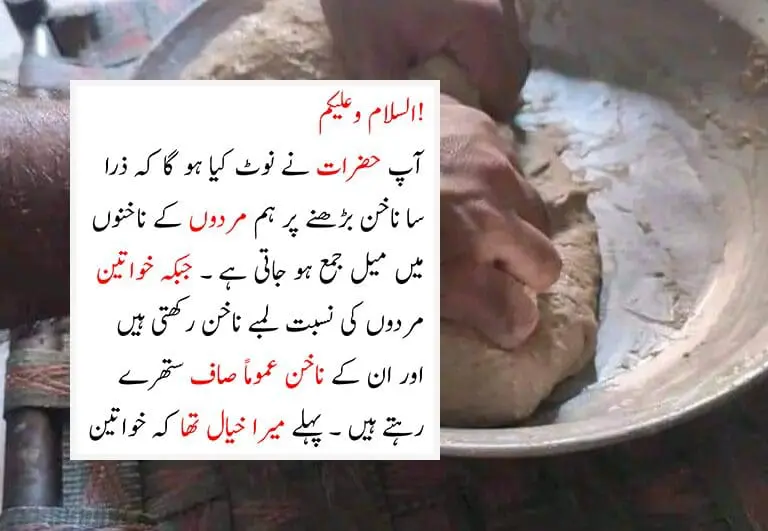Emperor Akbar’s era was marked by opulence and grandeur. His love for architecture is evident today in iconic structures like the Taj Mahal, but what’s less known is his passion for gastronomy. In this article, we delve into the culinary world of Emperor Akbar, a ruler who not only conquered lands but also palates.

The Unique Kitchen Brigade
Emperor Akbar’s kitchen was unlike any other. It boasted a diverse and skilled team of culinary experts, including a head chef, a treasurer, a storekeeper, a clerk, and over 400 chefs. These culinary artists hailed from India, Persia, Egypt, Arabia, Europe, and various other regions, each bringing their own expertise to the imperial kitchen.
The Art of Dining
Akbar’s dining rituals were nothing short of regal. Before each meal, Khwaja Sara Khan, the royal physician, meticulously selected dishes that not only tantalized the taste buds but also had medicinal properties. Every grain of rice in the biryani was wrapped in silver leaf, aiding digestion and enhancing the emperor’s well-being.
Extravagance in Presentation
The emperor’s dining table was adorned with precious gems, and even parrots were trained to serve food. These parrots would fly in with silver trays holding exquisite dishes. The presentation was as much a feast for the eyes as the food was for the palate. Akbar’s fascination with perfection extended even to the smallest details.
A Feast for the Senses
Akbar’s daily diet included an abundance of fresh vegetables sourced from the palace gardens. These vegetables were steeped in rosewater to infuse them with a delightful fragrance. The aroma wafting from the dishes was enchanting, making the dining experience truly sensorial.
Iconic Dishes from Akbar’s Era
Several dishes from Akbar’s time have stood the test of time and remain popular even today. These include Samosa, Saag, Palak, Hareesa, Yakhni, Methi Dana Curry, and Salim Roast Lamb. Each of these dishes carries the legacy of a bygone era and continues to tantalize modern taste buds.
Dining in Luxury
Not only was the food served in silver and gold vessels, but it was also kept cold with ice transported from the Himalayas via Akbar’s dedicated courier service. This ensured that the emperor and his guests always enjoyed their meals at the perfect temperature.
Akbar’s Security Concerns
Akbar’s security was of paramount importance, given the constant threat of assassination attempts, including poisonings. This fear stemmed from his grandfather, Babur, who had narrowly escaped a poisoning attempt. Consequently, Akbar beefed up his security measures to ensure his safety.
Culinary Diversity in Akbar’s Time
Despite the precautions, Akbar promoted culinary diversity. He believed in the unity of his empire, which was a melting pot of cultures, and this was reflected in his food. He encouraged the fusion of various regional cuisines, resulting in a rich and diverse culinary heritage.
In Conclusion
Emperor Akbar was not just a ruler; he was a connoisseur of fine food and a patron of culinary arts. His kitchen was a testament to his grandeur, and his dining rituals were nothing short of a royal spectacle. Even today, we can savor the flavors and appreciate the opulence that defined Akbar’s reign.



